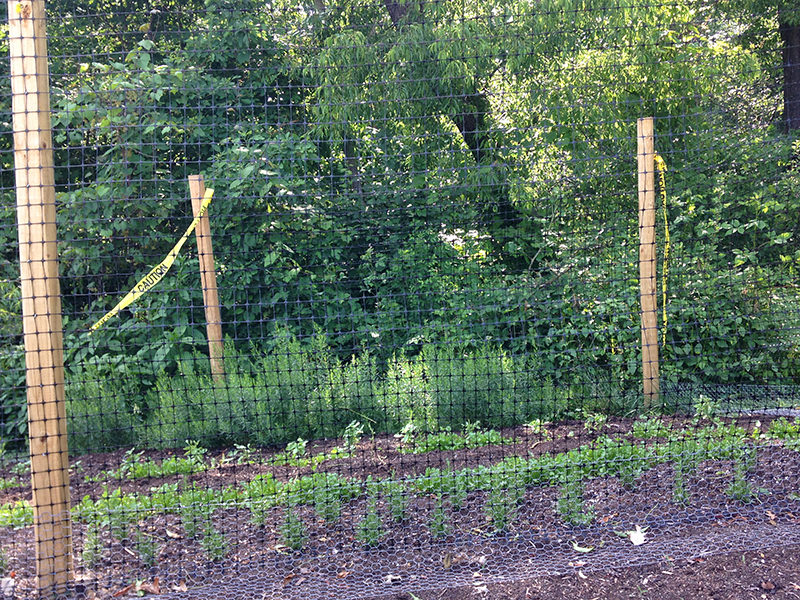
In many parts of the country, the white-tailed deer population continues to grow. Suburbia has encroached on their territory, and as a result, they’re turning more and more to landscape plants as a food source. If browsing deer are problematic in your garden, here are four steps you can take to protect your plants without having to get a hunting license.
1. Choose Deer-Resistant Plants
Your first line of defense is always plant selection. Plants with fuzzy or prickly foliage are a safe bet because deer do not like those textures. Plants with heavily fragranced foliage are also a good choice. This includes plants such as culinary herbs and ornamental members of the mint family, including nepeta, bee balm, mountain mint, calamint and salvias. Although there’s no such thing as a deer-proof plant, these are considered deer-resistant. As for the vegetable patch, focus on these crops for your greatest chance of success:
2. Fence Them Out

The only way to truly keep deer from eating your plants is to put up a physical barrier. Gardeners have a challenging (and expensive) task when it comes to fencing deer out of a garden or landscape, but it is well worth it. Deer can jump up to 8 feet high, so if you’re going to install a fence, make sure it’s tall enough to deter them. Stockade fences are generally better than fences the deer can see through. They don’t like jumping over something unless they can see what’s on the other side. If you don’t want to fence in your entire landscape, you can also fence individual plants by placing a small section of plastic deer netting around each plant.
3. Use Spray Deterrents
There are dozens of commercially made spray deterrents that do a good job of stopping deer from eating plants, as long as you’re religious about applying them. Most of them use a combination of a foul scent and an icky taste to keep deer from feeding on plants. The label of each different product indicates how frequently you’ll need to apply.
I’ve had the most success with products that have a latex-based formulation. They stick to leaves better, but they may leave a white coating behind. Latex-based repellents work particularly good on trees and shrubs during the winter months, but don’t use them on anything you plan to eat. Another good bet are spray products with the active ingredient of Bitrex. Bitrex is, quite literally, the most bitter substance known to man—I’m sure you can guess why the deer don’t like it.
4. Scare Them
One final option for successfully deterring deer from feeding on landscape plants is to scare them. Set up a motion-activated sprinkler near the garden and hook it up to the hose. When they sense motion, these sprinklers send out a sharp burst of water, startling the deer and sending them running. The sprinkler’s range can be adjusted to a fairly accurate target area. The only downside of these devices is that you can’t use them in the winter if you live where the hose would freeze solid.




